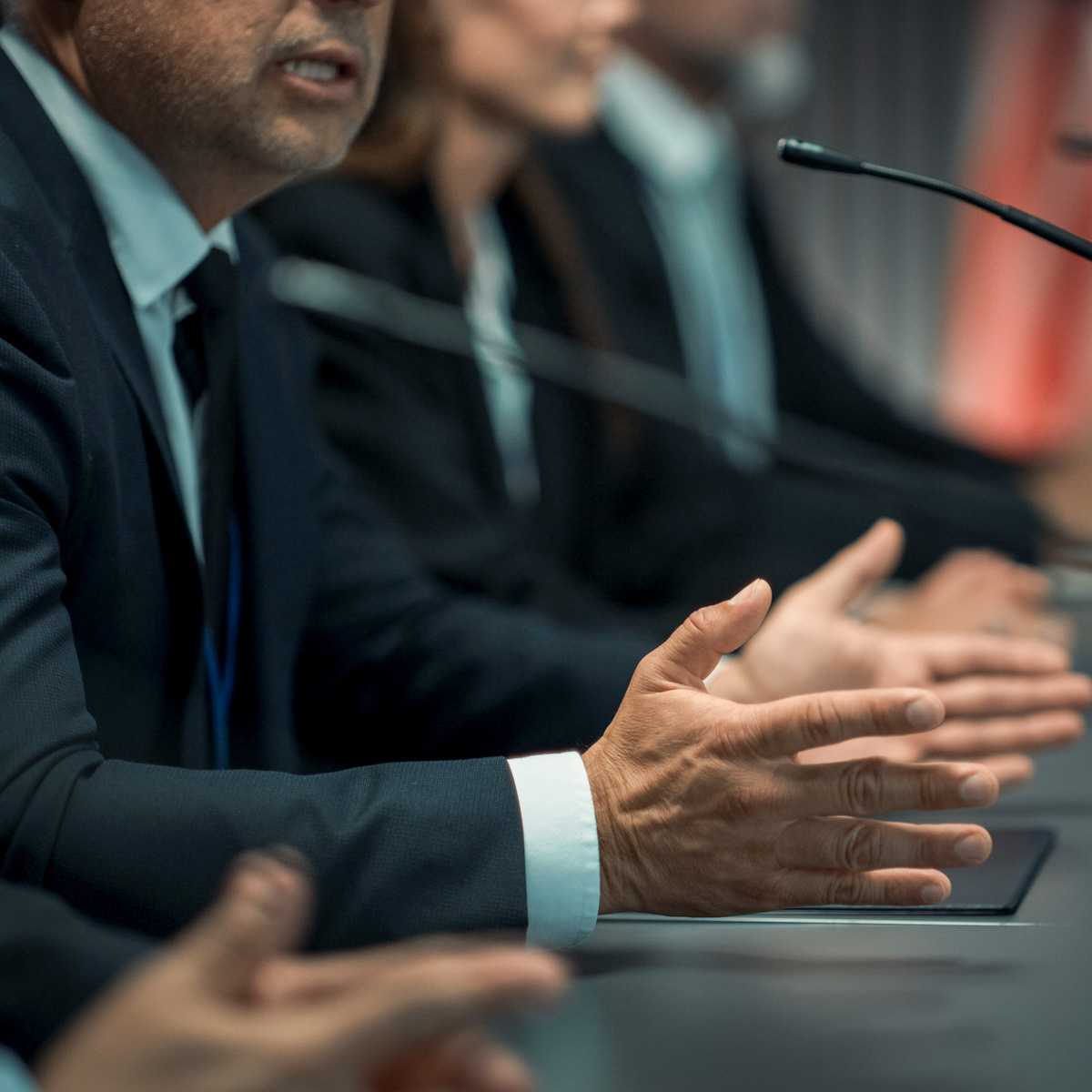
Benefits of a Centralized Global Government Relations Function
November 21, 2025
Global companies do not operate in a vacuum. Especially today, they exist within a rapidly shifting geopolitical, macroeconomic, regulatory and societal landscapes that directly impact their ability to operate and drive business value.
The Government Relations function is to protect and expand a company’s license to operate—building trust with key policy and government stakeholders, providing essential policy intelligence in the decision-making process, as well as anticipating risks that can impact business operations. Ultimately, the function is to help shape favorable conditions for the company’s business operations and prospective growth.
To deliver on this mandate, it is essential that the Government Relations function is structured and acts as one unified body providing coherent and consistent advice to guide business leadership to protect the company’s reputation while allowing it to expand its business growth.
There are a few benefits to this approach:
1. Enhanced Access to Business Strategy
Centralized Government Relations teams are in a stronger position to gain access to key C-suite business leaders.
It has become increasingly common for the most senior government relations executive to report directly to the CEO; nearly half of respondents (46%) had this structure in 2021, and this trend has been increasing.
This high-level reporting line for the most senior individual in the Government Relations function is only possible if they oversee all government relations practitioners across the company, acting as one unified corporate function.
Having C-suite access is crucial for the Government Relations function to have a full understanding of what is required of it to perform and deliver at both global and local levels.
2. Coherent Global and Local Government Relations Strategy
When the Government Relations function is internally disconnected, especially in a global company, coherence and effectiveness of its undertakings suffer.
However, a centralized structure helps build a more coherent government relations strategy. It allows to support the execution of the company’s global business strategy while defining key initiatives, such as global partnerships, or participation in major global convenings including Davos, UN General Assembly Week and COP, among others.
Additionally, the centralized structure allows the Government Relations function to ensure a greater alignment between strategic global priorities and local issues management. In many companies, this centralized function operates under the mantra “think globally, act locally.”
3. Improved Operational Efficiency, Governance and Accountability
The centralized structure improves operational efficiency by simplifying escalation pathways and avoiding duplication of efforts. It also allows to maximize limited resources, enables a more efficient response to external events and ensures a consistent stakeholder engagement approach.
Integrated teams are more agile and strategic in how they share information. And, when misalignment does happen, there is one senior leader who can spot it, fix it, avoid a potential crisis and be held accountable if needed.
4. Greater Internal Visibility
Finally, another advantage of the centralized Government Relations function is that it allows for increased internal visibility and recognition of its contributions to the overall success of the business.
APCO has over 40 years of expertise in advising our clients’ Government Relations functions on public affairs best practices, including operational efficiency and strategy execution. Over four decades, we have seen a range of trends in how the corporate affairs function is organized, including reporting lines, team structures and internal coordination efforts. While it’s always a question of finding a delicate balance between best practices and dynamic corporate realities, we have found that centralized, coordinated government relations teams work more efficiently, are more effectively integrated into core business strategy and decision-making, and are better equipped to handle crisis situations where smart public affairs strategy can reduce the potential for reputational damage.